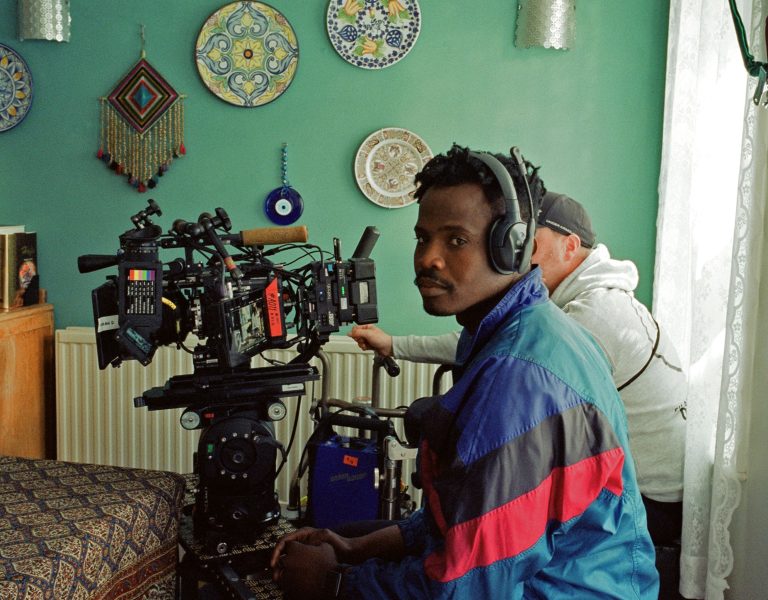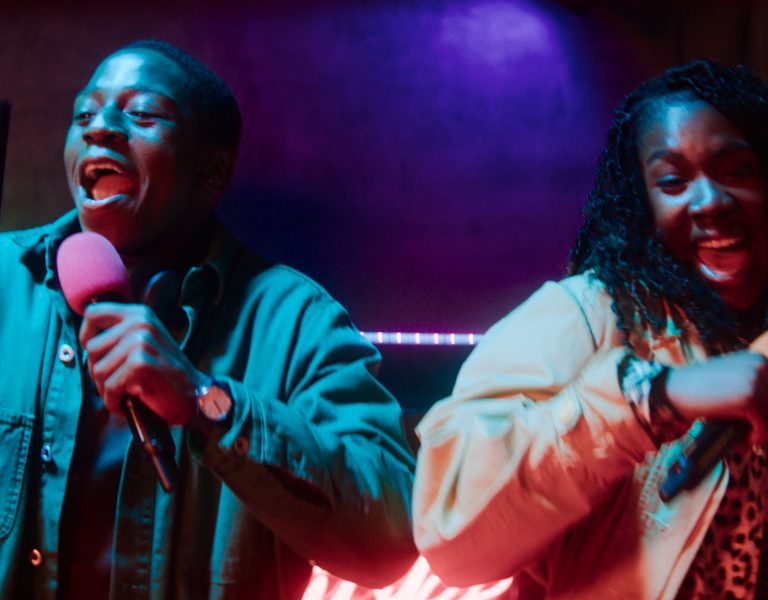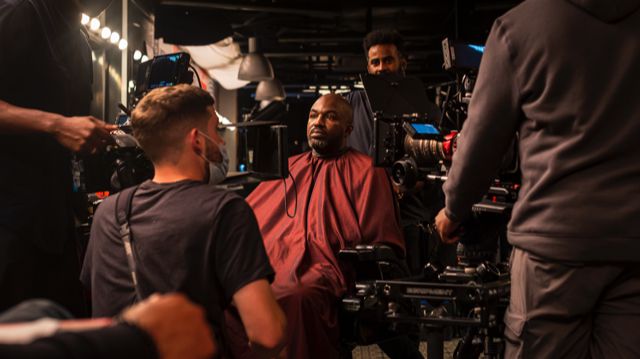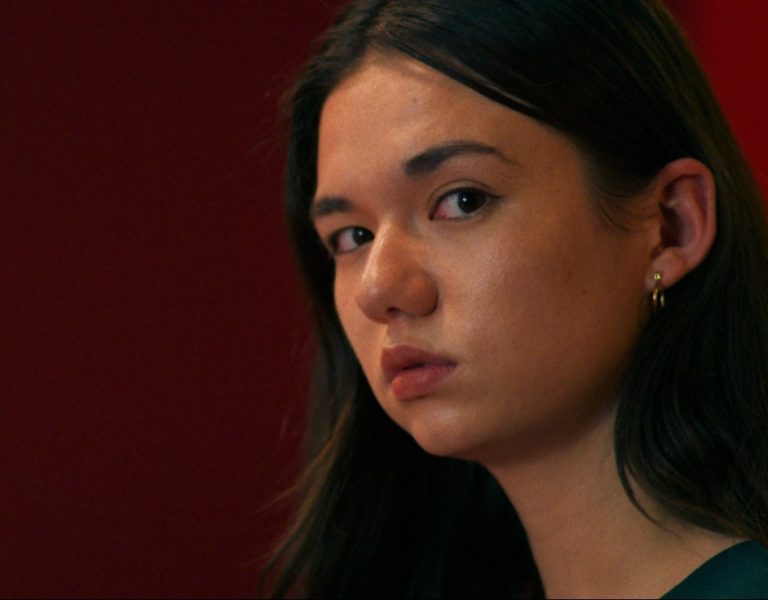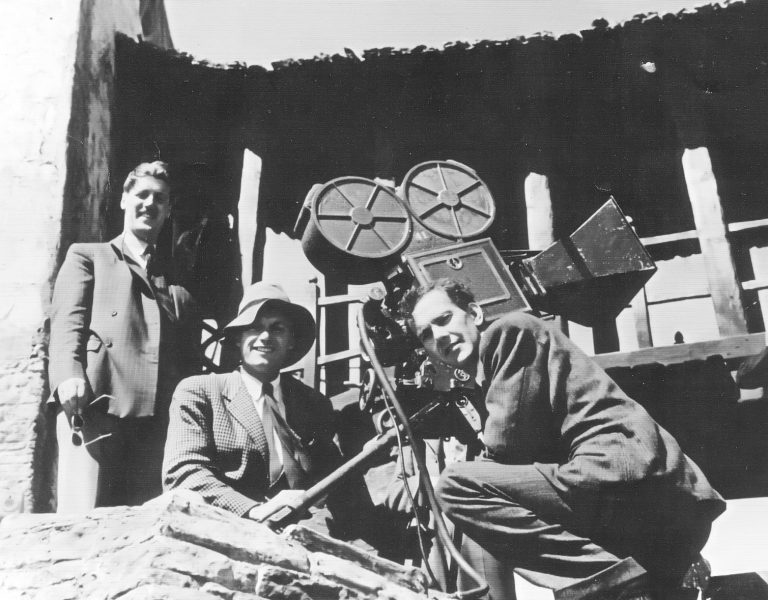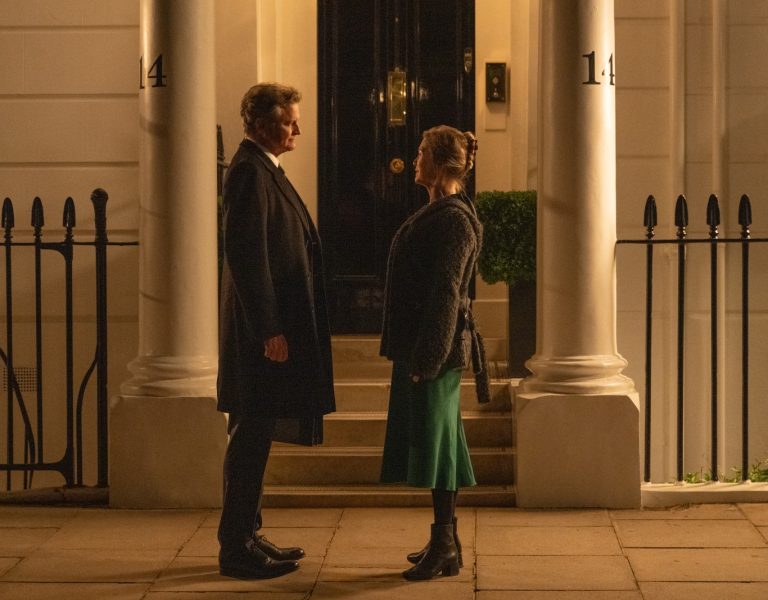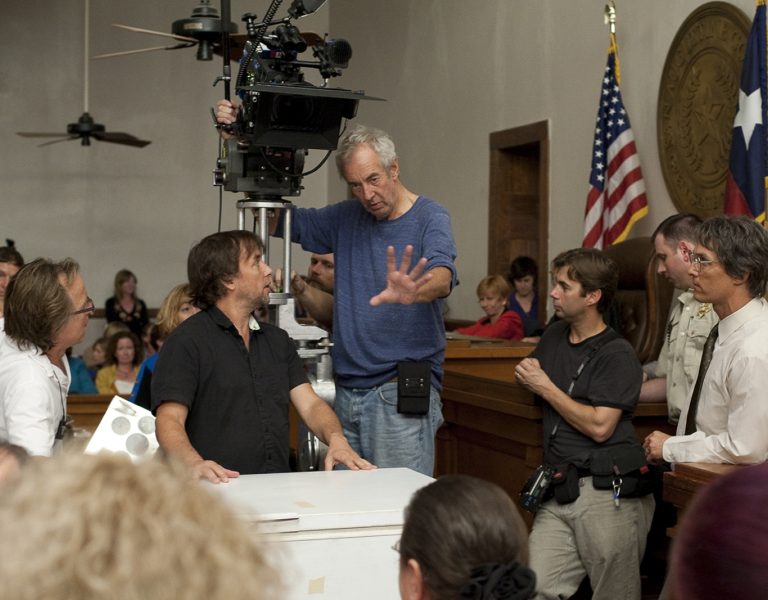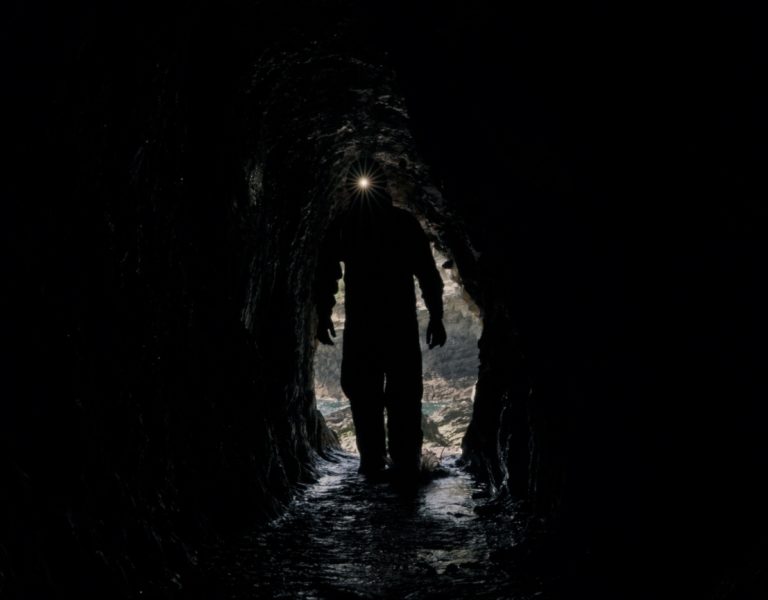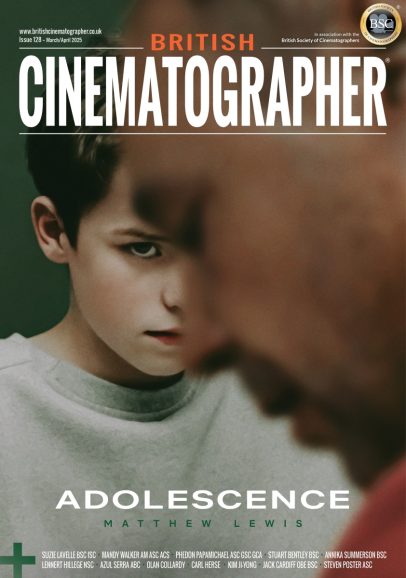CREATIVE FLOW
When lensing director Sasha Nathwani’s debut feature, careful kit selection, control over the frame and being reactive to the performances were at the core of Olan Collardy’s approach to produce a dreamy yet grounded look and feel.
I was aware of director Sasha Nathwani’s work in the field of music videos when I was approached to shoot Last Swim. This would mark his first longform narrative work and he had high ambitions for the project which motivated me to come on board. I’m a fan of films that tackle difficult topics like Last Swim which focuses on a character whose life, on paper, is going really well and she’s incredibly smart, but she’s battling with an underlying condition. From a narrative perspective, I had empathy with that character. It’s also about Ziba, a young girl with Iranian heritage – a protagonist you don’t often see on screen – which also compelled me to want to tell the story.
Principal photography was four weeks and we had a small budget so it was a challenging project with big aspirations. I love projects that are ambitious and I also wanted to prove that I can make something that looks impressive with limited resources because that’s how I got into filmmaking. Like my previous production, Rye Lane, it explored a character’s experience over the course of one day – their final day at school. But with that came weather-related obstacles and hoping it didn’t rain which would ruin the continuity. It was also Sasha’s vision that Last Swim almost felt like a fever dream – beautiful, sunny, glossy – it needed to really feel like the last day of school.
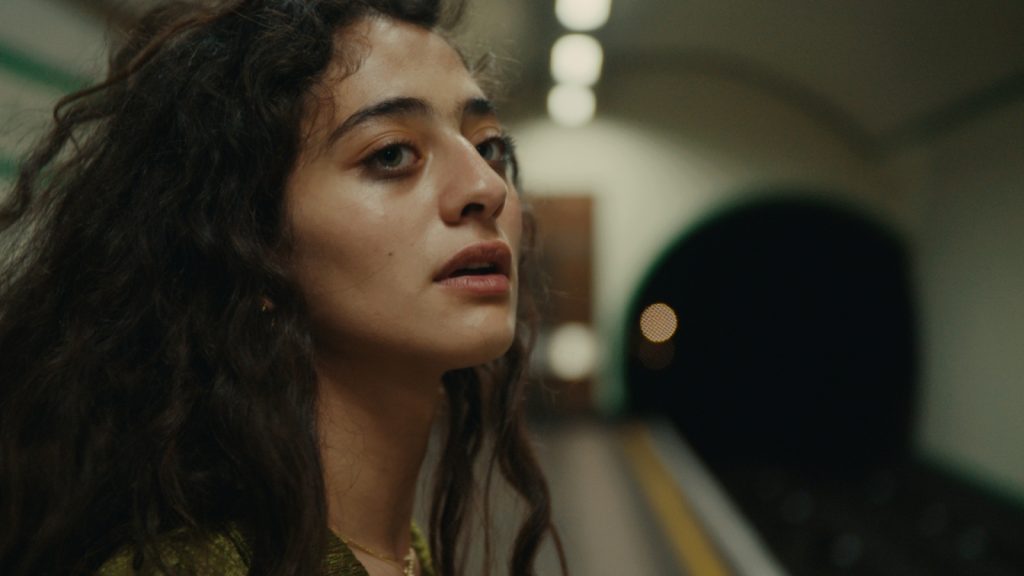
Sasha’s approach, coming from the short form music video world, was for this dreamy aesthetic to run throughout the whole film. His visual references included 1995 film Kids – a controversial film with an almost documentary-like approach – and Good Will Hunting, especially the car scenes, were in line with how we wanted the camera to move and behave, and how to immerse the audience in the world of the characters.
Certain sequences, such as a scene where the characters feel the hallucinatory effects of taking mushrooms, demonstrate one type of ethereal look we were aiming for. In an ideal world, this aesthetic would be achieved through very controlled camera movement, whether that was Dolly, cranes, pursuit vehicles. But the reality is sometimes you can’t afford a particular piece of kit and you have to go handheld. So there are a few handheld moments which, in retrospect, were the right calls. It’s a delicate balance of a world that feels ethereal and dreamy versus a film that wants to be grounded. In pre-production we were trying to create this fever dream, beautiful ‘last day on earth’ look, but what the script, film and characters needed was something relatable the audience can latch on to.

Reactive storytelling
Our main lenses were the Tribe7 Blackwing7 which beautifully combine a modern look with more of a vintage or character aesthetic. I also used the Angénieux 22-60mm zoom lenses – another workhorse which allowed us to approach a scene and coverage in a documentary, reactive way and be in the scene with the characters.
I shot on the ARRI Alexa Mini LF as I’ve shot almost all of my work on Alexa cameras, I’m familiar with the sensor, like the look of the images, and think it produces the most organic skin tones. Given the budgetary constraints, I also needed to push the ISO a bit and knew even if I had to go to 3200, the Mini LF would hold up.
I’ve operated on all the films I’ve shot because it brings me closer to the actors. There’s nothing more rewarding than shooting an actor and feeling that camaraderie. I’ve always had great rapport with actors because of the proximity of myself to them. I’m particular about framing too and having the right amount of headroom or proximity to the actors, so I want to be able to anticipate what an actor might do. You almost lean into the documentary format for some scenes which I love – it’s like reactive storytelling.

Lighting wise, even though we wanted a sunny look and feel, we didn’t have the budget for18Ks, so we had to work with largely natural light for day exteriors. However, fixtures we carried a lot, and are testament to how far LED lighting has come, were Aputure LS 600c and LS 1200d and Nanlux Evoke 2400Bs – really bright lights for their form factor that didn’t need a generator. They were workhorses, even for day exteriors. In some cases if the sun disappeared, my amazing gaffer Vini Curtis and I would have to wait for it to reappear. So it was a case of either going in for a close-up and lighting it with one of the LED sources, or if it’s a wide, using a big source that kind of kisses the whole scene. But if you have to recreate that look, it’s about how you can put something in the foreground that you can backlight? How can I then light the middle ground and also the background? So there are many frames where you have maybe a plant in the foreground and if you backlight that leaf it creates the illusion of there being some sun. I can then add some directional light in the middle ground where the actors are. So even if we didn’t have sun for a shot, it’s about how you control your frame and light that frame as much as possible.
One thing I don’t like is coloured light. If you want a film that’s colourful, it’s about working closely with the production designer [Julija Fricsone Gavriss] and costume designer [Natalie Caroline Wilkins]. Julija, Sasha and I spent a long time thinking about the colour palette, colour of the walls in Ziba’s bedroom. And in scenes where we had little control over the colour of the environment, such as the exteriors and the parks the characters often hung out in, we looked at how to infuse colour into the frame through colours of the characters’ outfits. The resulting image appeared colourful without relying on lighting. My approach to filmmaking has always been holistic, where all the HODs – costume, production design, locations – sit down and plan the look of the film and the colour palette before the shoot begins.

